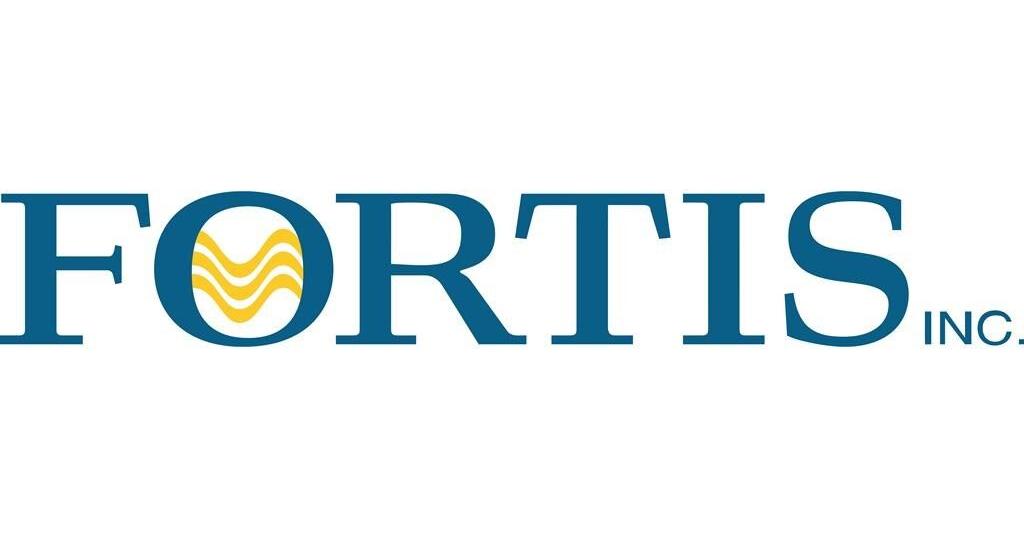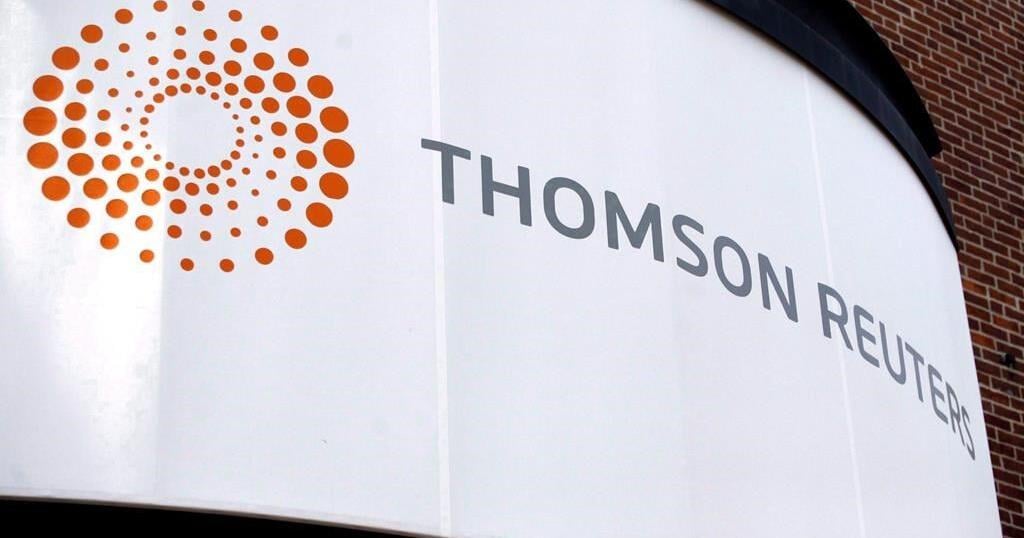Article content
Alberta is moving out of its fourth wave of COVID-19, with infections projected to continue to drop into November, according to an independent model.
Alberta’s COVID-19 cases have been on a steady decline since peaking in late September

Alberta is moving out of its fourth wave of COVID-19, with infections projected to continue to drop into November, according to an independent model.
That’s thanks in large part to sweeping provincial public health restrictions introduced in mid-September , said Dean Karlen with the B.C. COVID-19 Modelling Group.
“Those measures really were very effective for Alberta to turn this around,” said Karlen, a University of Victoria physics professor.
“It’s been remarkably consistent over the past four weeks, ever since those measures were introduced and took effect. In other words, behaviour and the modes of transmission are mostly constant in the province.”
Karlen added the decline is expected to continue while current measures remain in place.
Alberta’s COVID-19 cases have been on a steady decline since peaking in late September. On Wednesday, the province reported 645 new cases of the virus from 11,343 tests, for a 5.7 per cent positivity rate. The new cases mark a 17.9 per cent decrease from the previous Wednesday.
Active case counts are also decreasing. Alberta now has 8,733 active COVID-19 cases, the fewest since Aug. 24.
Karlen’s modelling is now using hospital admissions to track the trajectory of the pandemic in Alberta, after recent indications that Alberta’s testing and contact tracing system is missing a considerable number of cases of the virus.
“In Alberta, the last wave was significantly larger than the previous waves, even though you don’t see that in the case counts. It’s just that a smaller fraction of infections were identified as cases,” Karlen said.
“We couldn’t rely on how the cases were growing or declining to accurately measure the infection history of COVID for this wave.”
During the fourth wave, hospitalizations in Alberta from COVID-19 peaked at 1,133, with ICU patients peaking at 267, numbers that forced widespread surgical cancellations and pushed Alberta’s health-care system to its limits.
As of Wednesday, those numbers had dropped to 810 hospitalizations and 184 ICU patients — still higher than numbers seen at any point during previous waves.
The fourth wave also brought a spike in deaths from COVID-19. Since Sept. 1, 685 Albertans have died from the virus, including an additional 10 deaths reported Wednesday.
Despite the ongoing decline in cases, Alberta chief medical officer of health Dr. Deena Hinshaw said Tuesday that Albertans should stay the course and continue to follow public health measures .
“Ultimately, we know there’s still a lot of COVID out there and we do need to maintain caution,” she said.
Karlen agreed continued adherence to public health measures will help keep Alberta on track to end the fourth wave. He said seasonal effects could lead to an increase in transmission as winter approaches, but increased immunization rates could also help drive transmission down. He added officials must watch trends closely and take prompt action if necessary “to avoid a massive fifth wave.”
Immunization efforts continue in Alberta, with more than 15,000 additional shots reported Wednesday.
Among Albertans age 12 and older, the group eligible to be vaccinated, 86.8 per cent have at least one shot and 79.4 per cent are double-vaccinated. In the general population, 73.8 per cent of people have at least one dose and 67.5 per cent have both necessary shots.
A new group of Albertans could soon be eligible to get immunized against COVID-19. An advisory committee to the United States Food and Drug Administration voted in favour of using Pfizer-BioNTech shots for those age five-to-11 Tuesday, and Health Canada is currently reviewing whether to offer the Pfizer shot to the same age group.
There are 391,584 people in Alberta between the ages of five and 11, according to provincial government data.
— With files from Dylan Short
Twitter: @jasonfherring

TORONTO – Restaurant Brands International Inc. reported net income of US$357 million for its third quarter, down from US$364 million in the same quarter last year.
The company, which keeps its books in U.S. dollars, says its profit amounted to 79 cents US per diluted share for the quarter ended Sept. 30 compared with 79 cents US per diluted share a year earlier.
Revenue for the parent company of Tim Hortons, Burger King, Popeyes and Firehouse Subs, totalled US$2.29 billion, up from US$1.84 billion in the same quarter last year.
Consolidated comparable sales were up 0.3 per cent.
On an adjusted basis, Restaurant Brands says it earned 93 cents US per diluted share in its latest quarter, up from an adjusted profit of 90 cents US per diluted share a year earlier.
The average analyst estimate had been for a profit of 95 cents US per share, according to LSEG Data & Analytics.
This report by The Canadian Press was first published Nov. 5, 2024.
Companies in this story: (TSX:QSR)
The Canadian Press. All rights reserved.

ST. JOHN’S, N.L. – Fortis Inc. reported a third-quarter profit of $420 million, up from $394 million in the same quarter last year.
The electric and gas utility says the profit amounted to 85 cents per share for the quarter ended Sept. 30, up from 81 cents per share a year earlier.
Fortis says the increase was driven by rate base growth across its utilities, and strong earnings in Arizona largely reflecting new customer rates at Tucson Electric Power.
Revenue in the quarter totalled $2.77 billion, up from $2.72 billion in the same quarter last year.
On an adjusted basis, Fortis says it earned 85 cents per share in its latest quarter, up from an adjusted profit of 84 cents per share in the third quarter of 2023.
The average analyst estimate had been for a profit of 82 cents per share, according to LSEG Data & Analytics.
This report by The Canadian Press was first published Nov. 5, 2024.
Companies in this story: (TSX:FTS)
The Canadian Press. All rights reserved.

TORONTO – Thomson Reuters reported its third-quarter profit fell compared with a year ago as its revenue rose eight per cent.
The company, which keeps its books in U.S. dollars, says it earned US$301 million or 67 cents US per diluted share for the quarter ended Sept. 30. The result compared with a profit of US$367 million or 80 cents US per diluted share in the same quarter a year earlier.
Revenue for the quarter totalled US$1.72 billion, up from US$1.59 billion a year earlier.
In its outlook, Thomson Reuters says it now expects organic revenue growth of 7.0 per cent for its full year, up from earlier expectations for growth of 6.5 per cent.
On an adjusted basis, Thomson Reuters says it earned 80 cents US per share in its latest quarter, down from an adjusted profit of 82 cents US per share in the same quarter last year.
The average analyst estimate had been for a profit of 76 cents US per share, according to LSEG Data & Analytics.
This report by The Canadian Press was first published Nov. 5, 2024.
Companies in this story: (TSX:TRI)
The Canadian Press. All rights reserved.


Alberta aims to add two seats to legislature, bringing total to 89 for next election


Trump snaps at reporter when asked about abortion: ‘Stop talking about it’


UN refugee chief: Canada cutbacks can avoid anti-immigrant backlash


Pembina Pipeline earnings rise year over year to $385 million in third quarter


Party leaders pay tribute following death of retired senator Murray Sinclair


Canadians remember Quincy Jones


‘He violated me’: Women tell sex assault trial Regina chiropractor pulled breasts


Beyoncé channels Pamela Anderson in ‘Baywatch’ for Halloween video asking viewers to vote